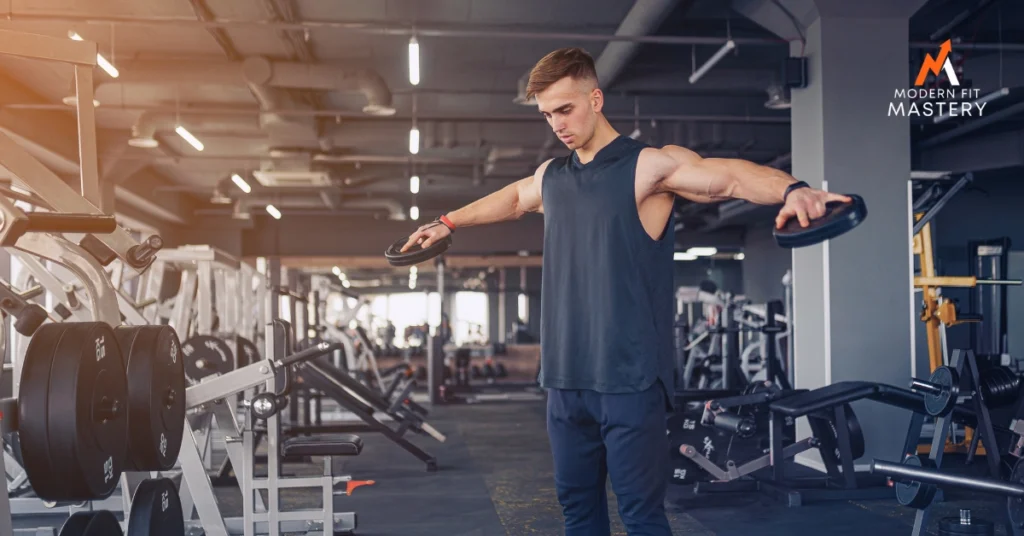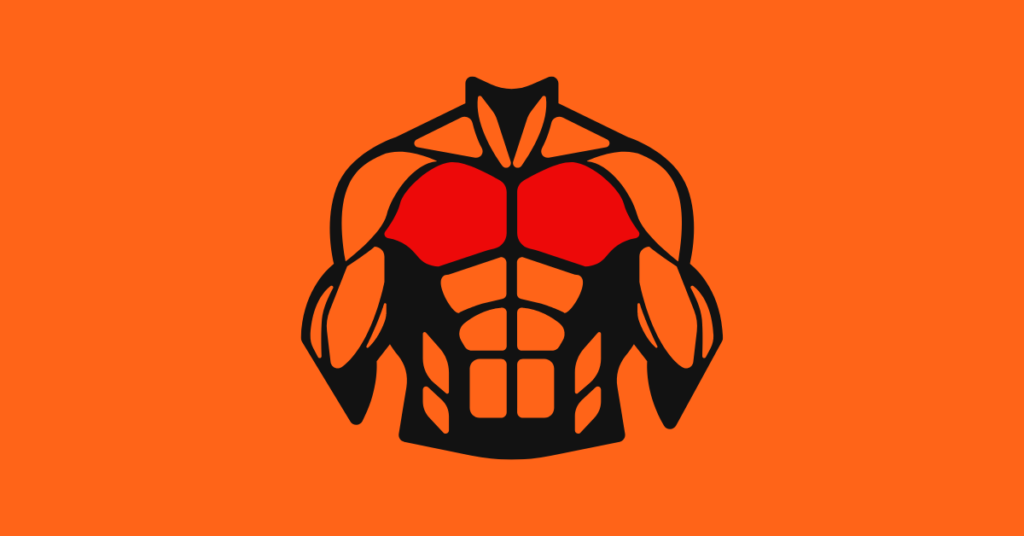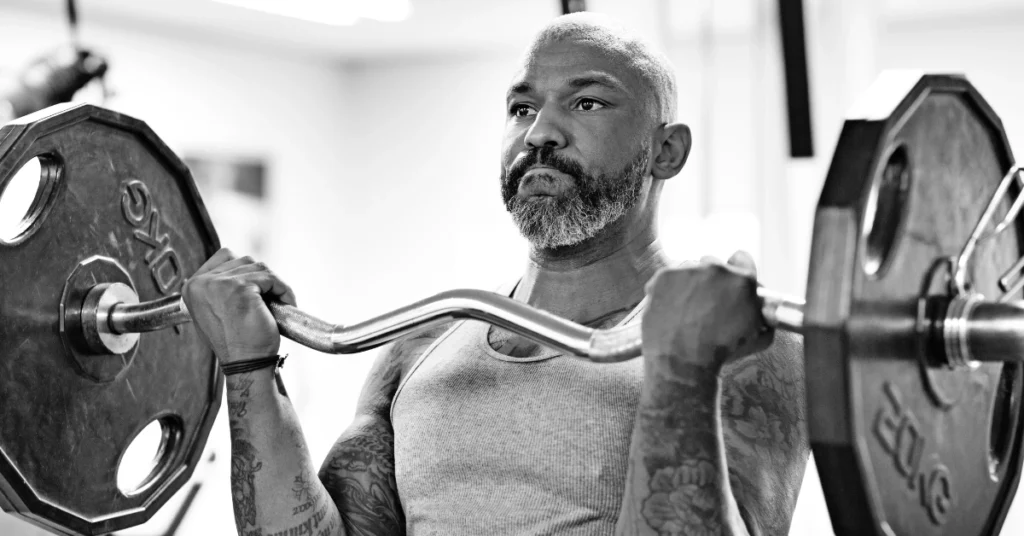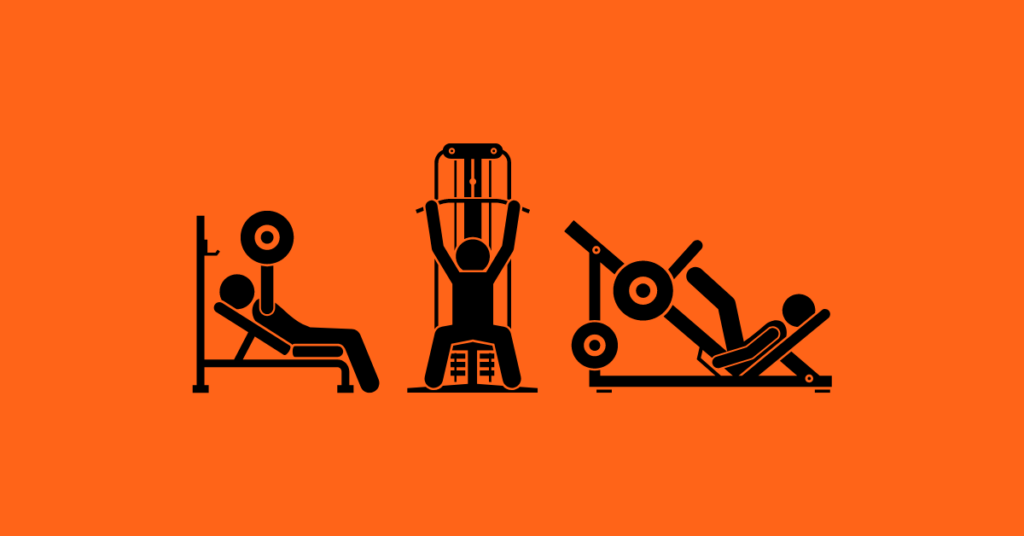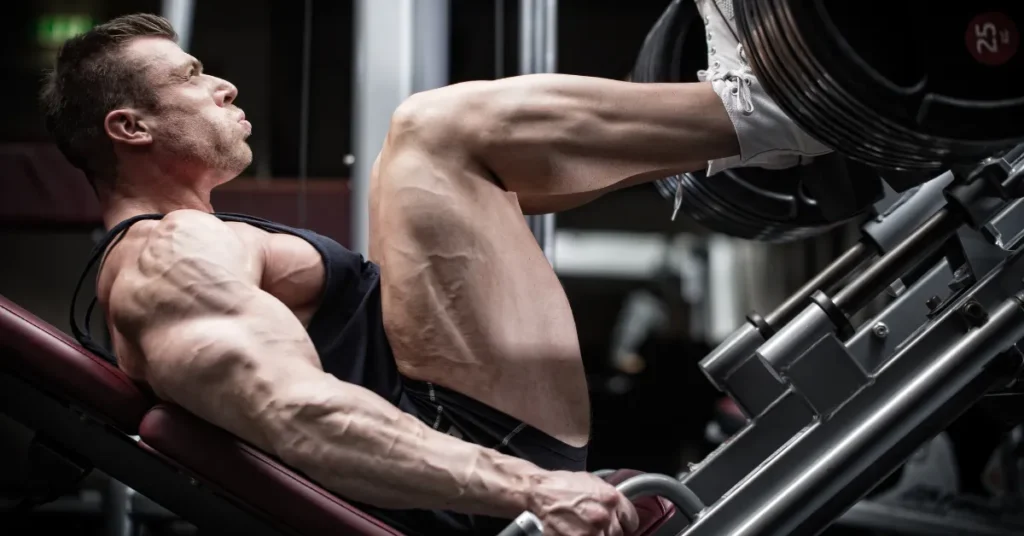exercise selection for hypertrophy
Exercise selection is an important principle to understand to maximize the effectiveness of the exercises you perform in the gym, and is an important component of strength training. A basic understanding of exercise selection for hypertrophy (building muscle) will allow you to choose the best exercises specifically for you and can improve the results you will achieve from your training program.
what is exercise selection?
As the name suggests, exercise selection is the process of choosing exercises specific to your goal. Good exercise selection for hypertrophy involves choosing the most effective exercises to target specific muscle groups. The exercises you choose will make up your training split and will determine its effectiveness for stimulating muscle growth.
Poor exercise selection can be the difference between achieving outstanding results or simply mediocre ones, even when other areas of your training, nutrition, and lifestyle are set up well. If you do a terrible job at exercise selection you may barely get any results, past the beginner stage at least. If you have average or below-average genetics (most people) exercise selection for hypertrophy will likely be even more important.
what makes a good muscle building exercise?
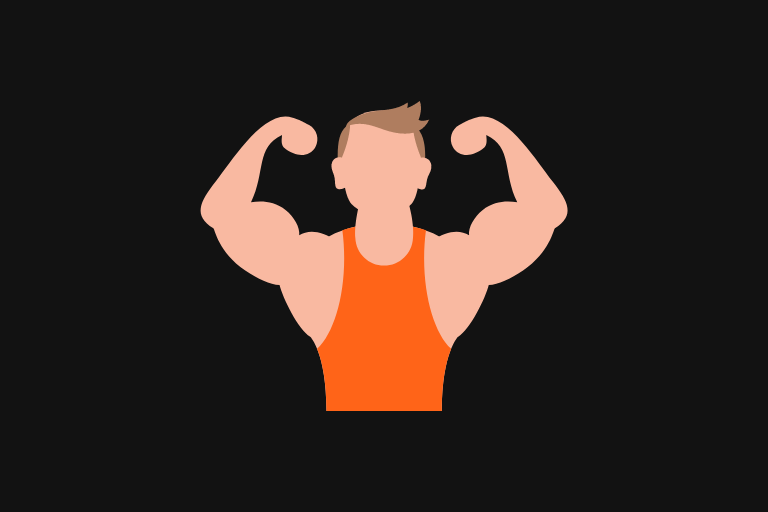
There is not an unlimited amount of great exercises for building muscle, and this is why you will often hear the same exercises recommended for specific muscle groups. Many of these have stood the test of time, have decades of results behind them, and have helped countless numbers of people build muscle safely and effectively. Most of these exercises will be at least somewhat effective for most people although this is not always the case.
Performing a specific exercise because you heard it is the ‘best’ or because it is effective for other people, does not mean it is the best option for you. Understanding exercise selection will allow you to choose better exercises and also choose different exercises based on your unique body structure, rather than performing exercises simply because other people have seen great results with them.
Here are some things to think about specifically for exercise selection for hypertrophy. The following questions can help you determine if an exercise will likely be effective at building muscle.
does the exercise hit the target muscle effectively?
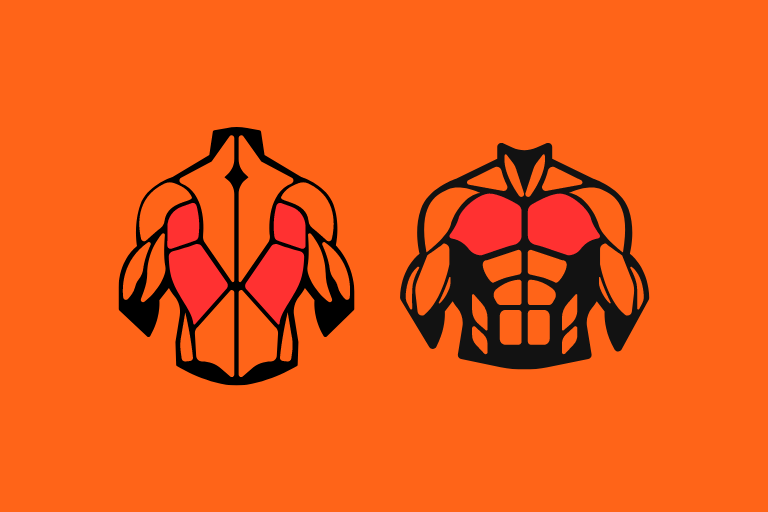
This may seem obvious, however, people do not always pay close attention to this. Lifting a weight from point A to point B will work the target muscle of an exercise to some degree but this does not mean it is likely to be maximally stimulative for muscle growth. We are looking to maximize the work performed by the target muscle and limit the work performed by other supporting muscle groups.
Here are some signs that the target muscle group is being trained effectively:
you feel good tension in the target muscle
you get a pump in the target muscle when performing multiple sets
you feel a burn in the target muscle when performing higher rep sets
The target muscle group feels fatigued after performing multiple sets
you feel disruption in the target muscle group
is the target muscle the limiting factor?
When thinking about exercise selection for hypertrophy we want the target muscle group to be the limiting factor rather than other muscle groups. This simply means that when performing an exercise the target muscle becomes fatigued and we are forced to stop the set, rather than other muscle groups we are not trying to work.
Some examples of this could be the lower back fatiguing before the hamstrings on a romanian deadlift, or the upper back fatiguing before the quads when performing a front squat. This does not mean these exercises are bad exercises, it simply means that they may not be the most effective for you at this time. A good course of action could be working on your weak points and choosing other exercises in the meantime.
Sometimes all that is required is the use of some lifting equipment. For example, using straps to secure your hands to the barbell when performing heavy romanian deadlifts, ensures your grip does not fatigue and becomes the limiting factor before your hamstrings. Straps can also be useful when performing heavy rows.
Are you able to perform the exercise through a full range of motion?

Performing an exercise through a full range of motion (ROM) is more effective for muscle growth compared to working through a partial range of motion. It also allows you to use lighter weights, while still working at a high enough intensity to be stimulative for muscle growth, while being less fatiguing on the nervous system, and can be better for joint health.
When thinking about exercise selection for hypertrophy you should be choosing the exercises you can perform through a full range of motion without causing pain. You should also experiment with different grip widths, and grip styles such as pronated (overhand) supinated (underhand), and neutral grips, as well as different foot placement and widths for lower body exercises. Sometimes adjusting these variables can allow for a greater range of motion.
Using equipment to improve range of motion can also be a good option, and can improve some limitations you may have such as ankle flexibility when performing the squat. Wearing weightlifting shoes or using squat wedges can help you perform the squat with a greater range of motion, allowing for greater depth, while also allowing your knees to travel further over your toes to improve the stimulus on the quads.
Does the exercise produce a good stretch on the target muscle?
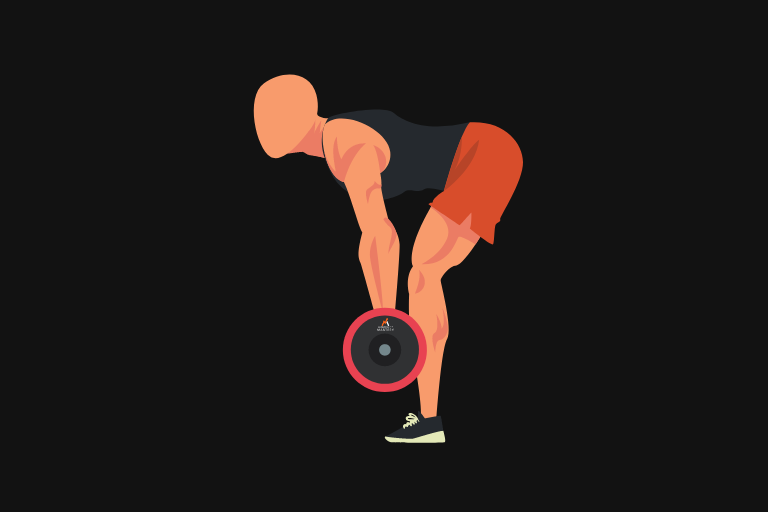
A recent systematic review and meta-analysis found that choosing exercises that emphasize the stretched position may be more effective for muscle growth (hypertrophy). This does not mean we have to focus solely on lengthened partials, however, it is further confirmation of why exercises taken through a full range of motion, involve the stretched position, and are also challenging in the stretched position, are so effective for muscle growth.
are you able to progress the exercise safely over time?
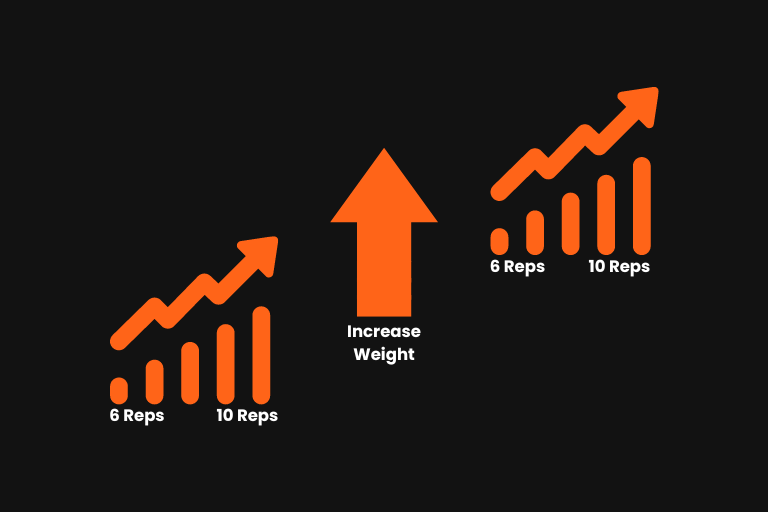
An important part of exercise selection for hypertrophy involves choosing exercises that can be progressed safely over time. An exercise must be able to be incrementally loaded (adding weight) so that you can continue to stress the body, working at a high enough intensity, to ensure progressive overload is achieved.
This is why compound lifts are so effective at building muscle, and should make up the majority of the exercises you perform if muscle growth is your goal. Compound lifts work multiple muscle groups together, and place higher neurological and hormonal demands on the body, and this is why they are so effective at driving strength gains as well as building muscle. They are also easier to load and can be done so for longer, compared to isolation exercises.
is the exercise joint friendly or does it cause you pain or discomfort?
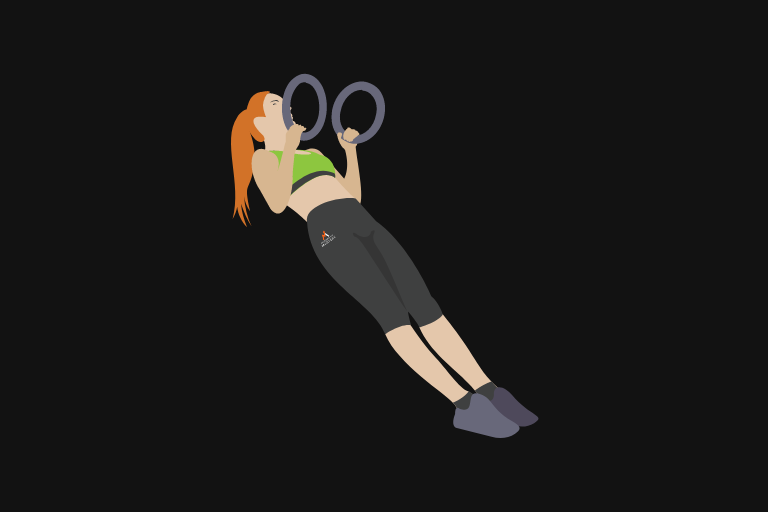
Good exercise selection involves choosing the exercises that work well for you, regardless of whether they are must-do exercises or other people recommend them. If an exercise is causing you any joint discomfort or pain, it is probably a good idea to choose another variation, even if the level of discomfort is only small. Continuing to load an exercise over time, which is required for long term progress, will likely not work out well, and could lead to injuries in the long term.
Some simple solutions to joint pain or discomfort could involve using dumbbells over olympic bars, using specialty bars such as swizz bars and SSB bars, and using rings and equipment such as angles 90 grips to allow the joints to move freely, and reduce the risk of injury. You should also choose machines that fit your body well.
is the exercise stable?
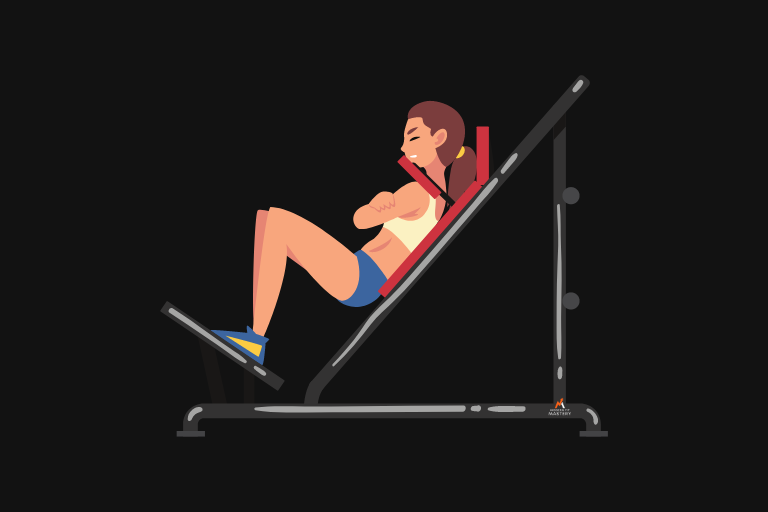
In general the more stable an exercise is the better it is for building muscle (hypertrophy). This is because you can produce more force and you waste less energy trying to stabilize your body. More tension can be applied to the target muscle you are trying to train. This is why machines are so effective for building muscle.
This does not mean we should only choose machines, there are other benefits to performing free weight exercises, however, the ones we perform should have some degree of stability. Some less stable exercises can be effective for building muscle, such as performing press-ups, dips, and pull-ups using rings, although they should probably not make up the majority of the exercises you perform if maximizing hypertrophy is your main goal.
is there good joint stacking and alignment?
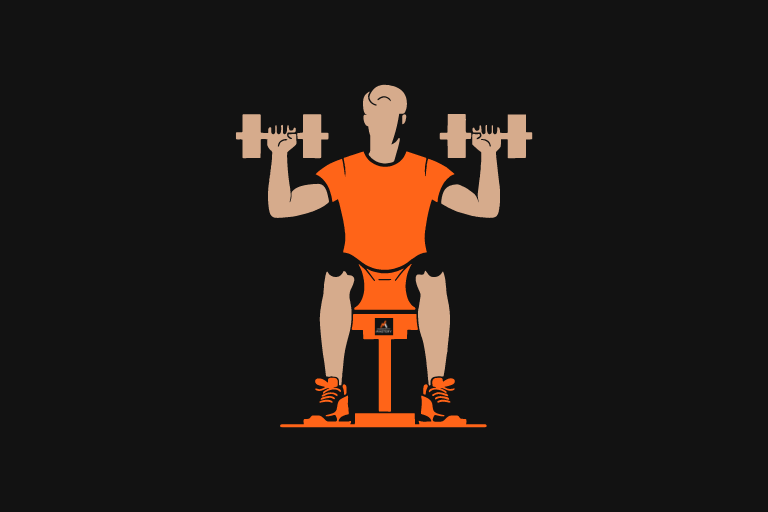
An effective exercise for muscle growth and strength progression should have good joint stacking and alignment. This simply means that your joints line up well or are stacked over each other when performing the exercise, allowing for good force production. A good example of this can be seen in the bench press when performed correctly. At the bottom of the lift, your elbows should be directly under your wrists with your forearms verticle.
If this is not the case, you should work on improving your technique. This is also the reason that some machines will not fit you as well as others, and may not be the best choice for you. If this is the case you should probably choose other exercises using the same movement patterns. This is also the reason why there are good machines and bad machines, some are simply designed better than others.
do you enjoy performing the exercise?
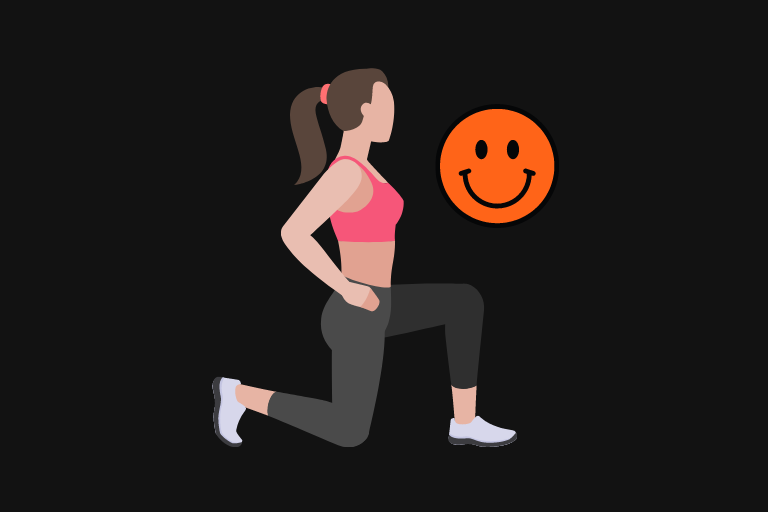
One important and sometimes overlooked factor in exercise selection is how much you enjoy performing an exercise. If two exercises tick off most or all of the boxes mentioned above, however, you enjoy one and hate performing the other, it is a good idea to choose the former. The exercises that keep you motivated and consistent will likely be best, and you will probably make better progress compared to exercises you do not enjoy, even if they are good ones.
stimulus to fatigue ratio
One useful way we can look at exercise selection for hypertrophy is by using the concept known as the stimulus to fatigue ratio. Stimulus to fatigue (SFR) is a term coined by Dr Mike Israetel from Renaissance Periodization, and in simple terms looks at the stimulus of a particular exercise (required to build muscle) compared to the fatigue it produces.
SFR looks at many of the things already mentioned in this article. In general, we want to stimulate a muscle group as much as possible without causing excessive fatigue in other parts of the body. This allows us to perform more volume to build muscle and also recover well. The best hypertrophy exercises have a good stimulus to fatigue ratio. A poor hypertrophy exercise will produce a disproportionate amount of fatigue compared to the stimulus it is placing on the target muscle group.
| Stimulus | Fatigue |
| Tension on the target muscle | Joint/connective tissue discomfort |
| Burn | Systemic fatigue |
| Pump | Phycological exertion |
| Disruption |
A real-life example of SFA in action
Here is a real-life example that demonstrates SFR well, involving a guy I was chatting to in the gym, for this example, we will call him John.
John was complaining that although he was squatting twice per week and getting stronger he was not seeing much growth in his quads. He was also feeling some joint discomfort in his knees and was not enjoying the exercise like he used to. After some questioning, I found out that he didn’t really feel much tension in his quads and barely ever had any soreness (DOMS) in his quads. He also felt the exercise more in his lower back.
Looking at his squat form, I explained to him that although his form was by no means terrible, he was barely reaching parallel (upper leg parallel to the floor) and his knees were not traveling forward past his toes. His quads would have been receiving some stimulus, however, as he was squatting a considerable amount of weight the amount of fatigue he was accumulating from the heavy axial loading (compressive force on the spine) as well as systemic fatigue and joint fatigue may not have been worth the less than ideal stimulus he was placing on the quads.
I explained that his unique body structure was not ideal for squatting, and this is why his torso position had a considerable forward lean when squatting and why he struggled to achieve a depth past parallel. I explained we could modify his squat and use other exercises that would stimulate the quads to a greater degree while accumulating less fatigue.
I recommended he buy a decent pair of weightlifting shoes with a fairly high heel. This allowed him to squat deeper, allowing his knees to travel further forward over his toes placing more tension on the quads. He was also able to keep a more upright torso position which took some pressure off his lower back. We also reduced the weight a little. He could have also experimented with the SSB Bar.
I also recommended he squat once per week and use the hack squat on his other lower body day. I explained to him that the hack squat would allow him to work at a higher intensity, safely, without form breakdown becoming an issue, and that since machines are more stable they produce far less systemic fatigue compared to heavy free weight exercises such as the barbell squat.
When using the hack squat machine he could reach a good depth, allowing his knees to travel over his toes, placing all the tension on the target muscle group (quads), and at the same time removing the heavy axial loading he was subjected to with the squat. He also felt less fatigue in his lower back and reported his knees felt better when performing barbell squats just once per week.
This simple example demonstrates how exercise selection is important if we are looking to maximize muscle growth (hypertrophy) and minimize fatigue, and in doing so improve recovery.
conclusion
Exercise selection is an important principle within strength training, especially when our goal is improving body composition. To build muscle effectively we must choose exercises that place as much tension on the target muscle group as possible, without causing excessive fatigue or causing other issues such as joint and connective tissue discomfort. Good exercise selection will also help us progress safely over time, therefore improving the results we achieve in the gym.
read more articles on building muscle

